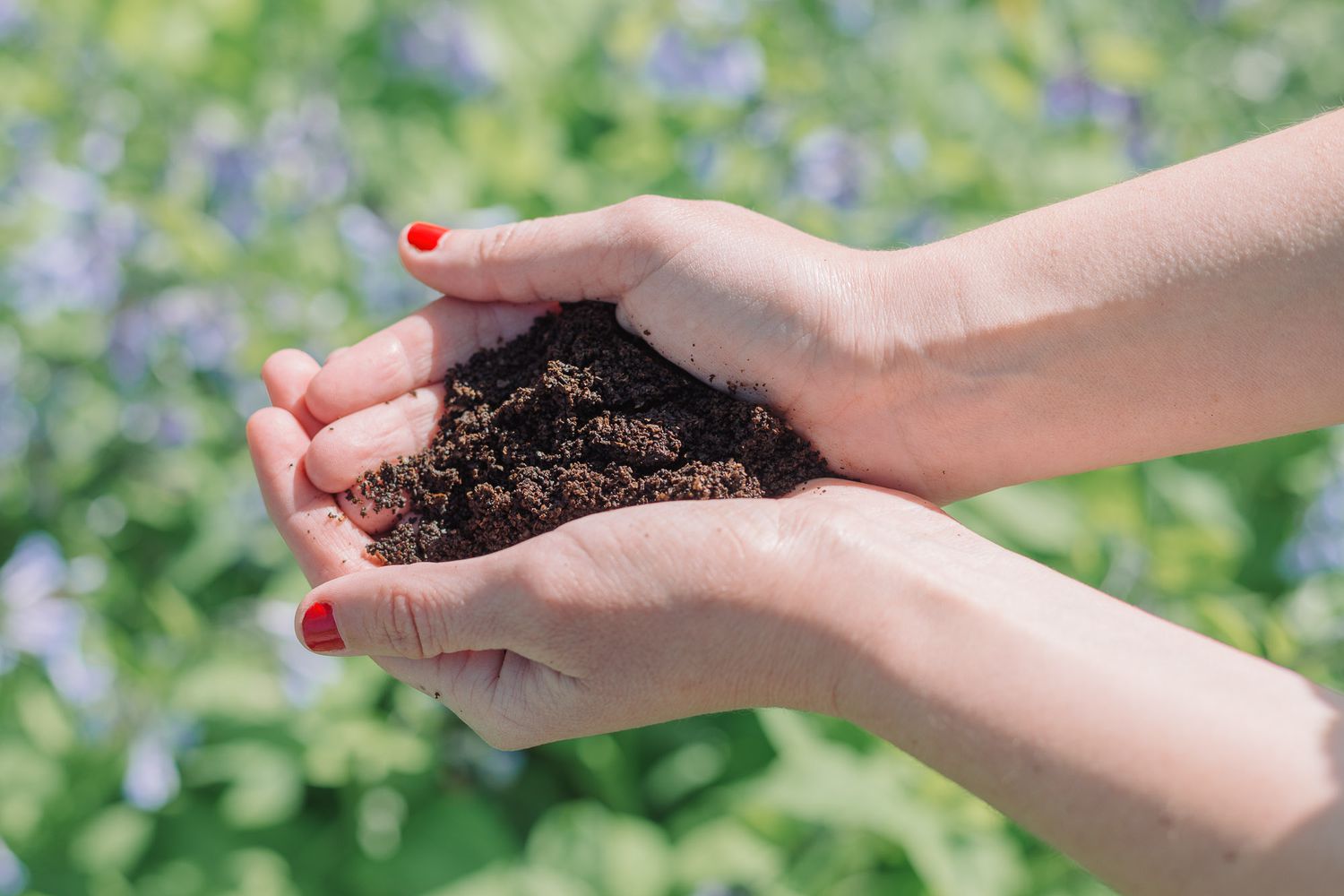

Articles
What Is Coffee Grounds Good For In The Garden
Modified: January 6, 2024
Discover the many uses of coffee grounds in gardening! From fertilizing plants to repelling pests, learn how to make the most of your coffee waste in the garden.
(Many of the links in this article redirect to a specific reviewed product. Your purchase of these products through affiliate links helps to generate commission for Storables.com, at no extra cost. Learn more)
Introduction
When it comes to gardening, the use of natural and organic materials is highly valued. One such material that has gained popularity among gardeners is coffee grounds. Many people enjoy a daily cup of coffee, but what do you do with the leftover coffee grounds? Instead of throwing them away, consider using them in your garden.
Coffee grounds are not only a waste product that can be repurposed, but they also offer several benefits for your plants and soil. From providing essential nutrients to improving soil structure and attracting beneficial organisms, coffee grounds have a range of uses in the garden. In this article, we will explore the various benefits of using coffee grounds and how you can incorporate them into your gardening routine.
Before diving into the details, it is important to note that coffee grounds should be used in moderation and with caution. Like any organic material, excessive use of coffee grounds can have negative effects on your plants and soil. It is essential to strike a balance and ensure proper application to maximize the benefits while avoiding any potential harm.
So, let’s delve into the world of coffee grounds and discover how they can be a valuable asset to your garden. Whether you are an avid gardener or just starting out, understanding the benefits and best practices will help you make the most of this readily available resource.
Key Takeaways:
- Coffee grounds offer a sustainable and organic solution for garden enrichment, providing nutrients, improving soil structure, attracting beneficial organisms, and acting as a natural pest repellent.
- Moderation and caution are key when using coffee grounds in the garden, as excessive use can lead to imbalanced soil pH and nutrient levels. Understanding plant preferences and practicing moderation is crucial for reaping the benefits of coffee grounds.
Read more: How To Store Coffee Grounds For Garden
Benefits of Using Coffee Grounds in the Garden
Using coffee grounds in the garden can provide numerous benefits for your plants and soil. Here are some of the key advantages:
- Nutritional Benefits for Plants: Coffee grounds are rich in nitrogen, phosphorus, and potassium, which are essential nutrients for plant growth. Incorporating coffee grounds into your soil can help to enrich it and provide a natural source of fertilizer. These nutrients promote healthy foliage, root development, and overall plant vigor.
- Improving Soil Structure and Drainage: Coffee grounds have a loose texture and can help improve the structure of heavy or compacted soils. When mixed with soil, the grounds increase drainage and aeration, allowing for better root development and nutrient uptake. This is especially beneficial for plants that prefer well-draining soil, such as herbs and succulents.
- Attracting Earthworms: Earthworms are key players in soil health and fertility. They help in breaking down organic matter, enhance soil structure, and contribute to nutrient cycling. Coffee grounds act as a natural attractant for earthworms, enticing them to your garden beds. The presence of earthworms indicates healthy soil and ensures better overall plant growth.
- Natural Pest Repellent: Coffee grounds have been found to repel certain garden pests. The strong aroma and high caffeine content in coffee act as a deterrent for slugs, snails, and even some insects. Sprinkling coffee grounds around vulnerable plants or creating a barrier can help protect them from these pests. However, it is worth noting that coffee grounds are not a one-size-fits-all solution and may not be effective against all pests.
These are just a few of the benefits that coffee grounds can offer in the garden. Now that we understand the advantages, let’s explore how to incorporate coffee grounds effectively into your gardening practices.
Nutritional Benefits for Plants
Coffee grounds are a valuable source of nutrients for plants. They contain essential elements that promote healthy growth and development. Let’s take a closer look at the nutritional benefits coffee grounds provide:
- Nitrogen (N): Coffee grounds are rich in nitrogen, which is a crucial nutrient for plant growth. Nitrogen plays a vital role in leaf and stem development, as well as chlorophyll production. By incorporating coffee grounds into the soil, you can provide a natural and slow-release source of nitrogen for your plants.
- Phosphorus (P): Phosphorus is essential for root development, flowering, and fruit production. Coffee grounds contain a moderate amount of phosphorus, making them a valuable supplement for plants with high energy demands. Incorporating coffee grounds into the soil can help ensure adequate phosphorus levels for robust plant growth.
- Potassium (K): Potassium is crucial for overall plant health and resilience. It plays a significant role in regulating water movement, enhancing disease resistance, and promoting strong root systems. Coffee grounds contain potassium, contributing to the long-term health and vitality of your plants.
- Other Micronutrients: Besides the macronutrients mentioned above, coffee grounds also contain trace amounts of other essential elements like calcium, magnesium, and iron. These micronutrients are necessary for various plant functions, including enzyme activation, photosynthesis, and nutrient absorption. By incorporating coffee grounds into your garden, you can provide these micronutrients in a natural and organic form.
It is important to note that coffee grounds have a slightly acidic pH, which can benefit certain acid-loving plants like azaleas, rhododendrons, and blueberries. However, for plants that prefer neutral or alkaline soil conditions, moderation is key to avoid over-acidifying the soil. It is recommended to perform a soil test and consider the specific needs of your plants before incorporating coffee grounds into the garden.
Next, we will explore how to effectively use coffee grounds to optimize their benefits for your garden.
Improving Soil Structure and Drainage
One of the key benefits of using coffee grounds in the garden is their ability to improve soil structure and drainage. Here’s how coffee grounds can help:
- Loosening Heavy Soils: Coffee grounds have a loose texture, which can help break up heavy or compacted soils. When added to clay or loam soils, coffee grounds act as organic matter, increasing the soil’s overall porosity. This allows for better air circulation and water movement, providing an optimal environment for root growth.
- Enhancing Drainage: In addition to improving soil structure, coffee grounds also aid in enhancing drainage. The loose composition of grounds allows excess water to flow through the soil more efficiently, preventing waterlogged conditions. This is particularly beneficial for plants that are prone to root rot or prefer well-draining soil, such as succulents and many herbs.
- Water Retention in Sandy Soils: While coffee grounds promote drainage in heavy soils, they also assist in water retention in sandy soils. Sandy soils tend to drain quickly and have a low water-holding capacity. Incorporating coffee grounds into sandy soils can help increase their ability to retain moisture, ensuring plants have access to water for a more extended period.
When using coffee grounds to enhance soil structure and drainage, it’s important to use them in moderation. Excessive amounts of coffee grounds can lead to imbalanced soil pH and potentially harm your plants. A general guideline is to mix coffee grounds into the soil at a ratio of 10-20%, depending on your specific soil conditions and plant requirements.
Consider adding coffee grounds during soil preparation, prior to planting or transplanting. Work the grounds into the soil to a depth of 6-8 inches, ensuring even distribution. This will help to improve overall soil structure and drainage, providing a healthy growing environment for your plants.
Next, we will explore how coffee grounds can attract beneficial organisms, contributing to the overall health of your garden.
Attracting Earthworms
Earthworms are often regarded as the unsung heroes of the garden. They play a crucial role in maintaining healthy soil by improving its structure, increasing nutrient availability, and aiding in the breakdown of organic matter. Coffee grounds can serve as a natural attractant for earthworms, drawing them to your garden beds. Here’s how coffee grounds can contribute to attracting these beneficial organisms:
- Organic Matter: Earthworms thrive in soil rich in organic matter. Coffee grounds, being an organic material, provide a valuable food source for earthworms. When coffee grounds are incorporated into the soil, they break down slowly over time, releasing nutrients and organic compounds that earthworms feed on. As a result, the presence of coffee grounds can create a welcoming environment for earthworms in your garden.
- Increased Soil Activity: Earthworms are known to enhance soil fertility through their feeding habits. As they tunnel through the soil, they help in aerating it, allowing for better root growth and nutrient absorption. The natural burrowing activity of earthworms also aids in the breakdown of organic matter, further enriching the soil. By attracting earthworms to your garden using coffee grounds, you promote a healthier and more vibrant ecosystem beneath the surface.
- Improved Nutrient Cycling: Earthworms play a vital role in nutrient cycling. As they consume organic matter, they excrete nutrient-rich castings, also known as worm castings or vermicompost. These castings are a valuable source of nutrients for plants and contribute to overall soil fertility. By encouraging earthworm activity through the use of coffee grounds, you are promoting a natural nutrient cycling process that benefits your garden plants.
To attract earthworms to your garden, sprinkle coffee grounds on the soil surface or mix them into the top layer of the soil. You can also create small compost piles using coffee grounds, which earthworms will be especially attracted to. Additionally, providing a moist environment and avoiding the use of chemical pesticides can further encourage earthworm activity.
It is worth mentioning that while coffee grounds can attract earthworms, they are not the only factor that determines their presence in your garden. The overall health and condition of the soil, as well as the availability of other organic matter and habitats, also play a role in attracting and sustaining earthworm populations.
In the next section, we will explore how coffee grounds can serve as a natural pest repellent in your garden.
Read more: How To Store Used Coffee Grounds
Natural Pest Repellent
In addition to their nutritional benefits and contribution to soil health, coffee grounds can also act as a natural pest repellent in your garden. The strong aroma and composition of coffee make it an effective deterrent for certain garden pests. Here’s how coffee grounds can help in pest control:
- Slugs and Snails: Slugs and snails can be notorious garden pests, causing damage to a wide range of plants. However, these slimy creatures have an aversion to coffee grounds. Sprinkling a layer of coffee grounds around vulnerable plants creates a barrier that slugs and snails are reluctant to cross. This can help protect your plants from being devoured by these pests.
- Insects: Some insects, including ants, aphids, and even cats, may be deterred by the strong smell of coffee. Sprinkling coffee grounds around plant stems or creating a border around garden beds can act as a natural deterrent for these pests. However, it is important to note that coffee grounds are not a foolproof solution against all insects and may not work for every pest species.
- Cats: If you have issues with neighborhood cats using your garden beds as litter boxes, coffee grounds can help deter them. Cats dislike the strong smell of coffee and are more likely to avoid areas where coffee grounds are sprinkled. This can help protect your plants and maintain a clean garden space.
It’s important to note that while coffee grounds can aid in pest control, they are not a guaranteed solution. Different pests may have varying responses to coffee grounds, and the effectiveness can vary depending on the specific circumstances. It’s always best to observe and monitor the results in your garden and consider other pest control methods as necessary.
When using coffee grounds as a natural pest repellent, apply them strategically around the plant base or create a perimeter around the garden bed. Reapply the coffee grounds periodically or after rainfall to maintain their effectiveness. Remember to avoid piling the grounds against plant stems, as this can create excessive moisture and potentially harm the plants.
Now that we understand the benefits and pest-repellent properties of coffee grounds, let’s explore different methods of using them in the garden.
Coffee grounds can be used as a natural fertilizer in the garden. They add organic matter to the soil, improve drainage, and can help deter pests like slugs and snails. Just be sure to use them in moderation to avoid acidity buildup.
How to Use Coffee Grounds in the Garden
Now that we’ve explored the various benefits of coffee grounds in the garden, let’s discuss how to effectively use them to optimize their benefits. Here are three common methods of incorporating coffee grounds into your gardening practices:
- Applying Coffee Grounds as Mulch: Coffee grounds can be used as a mulch around plants to help retain moisture, suppress weeds, and gradually release nutrients into the soil. Apply a layer of coffee grounds around the base of plants, taking care to leave a gap between the coffee grounds and the plant stems to prevent moisture buildup. Replenish the mulch layer periodically as it decomposes.
- Incorporating Coffee Grounds into Compost: Coffee grounds are an excellent addition to compost piles. They provide nitrogen, which helps balance the carbon-rich materials in the compost. Mix the coffee grounds into your compost pile or bin and ensure the right balance of carbon (such as dried leaves or straw) and nitrogen-rich materials. The coffee grounds will break down over time, contributing to nutrient-rich compost for your garden.
- Using Coffee Grounds as a Fertilizer: Coffee grounds can be directly applied as a fertilizer around plants that benefit from nitrogen and other nutrients. Sprinkle a thin layer of coffee grounds around the base of plants, avoiding direct contact with stems or foliage. Lightly work the coffee grounds into the soil surface, then water the area to help the nutrients seep into the soil. Use coffee grounds as a fertilizer sparingly and avoid over-application to prevent excessive nitrogen buildup.
Remember, moderation is key when using coffee grounds in the garden. While they provide valuable benefits, excessive use can lead to pH imbalances, excessive nitrogen levels, or nutrient deficiencies. It’s essential to monitor your plants’ response and adjust the application accordingly to maintain a healthy growing environment.
It is worth mentioning that different plants may have varying tolerances and preferences for coffee grounds. Some plants, such as acid-loving flowers, vegetables, and fruits, may benefit more from coffee grounds due to their acidic nature. Other plants, particularly those that prefer neutral or alkaline soil conditions, may require a more cautious approach. Performing a soil test and researching the specific requirements of your plants will help guide you in using coffee grounds effectively.
Now that you know the different methods of using coffee grounds in the garden, let’s discuss some precautions and recommendations to keep in mind.
Applying Coffee Grounds as Mulch
Using coffee grounds as mulch is a practical way to harness their benefits while creating a protective layer around your plants. Here’s how you can apply coffee grounds as mulch in your garden:
- Prepare the Area: Before applying coffee grounds as mulch, clear the area of any weeds or debris. It’s best to start with a clean, weed-free surface to prevent unwanted plants from growing through the mulch.
- Collect the Coffee Grounds: Gather used coffee grounds from your coffee maker or local coffee shops. You can accumulate them gradually in a container until you have a sufficient amount for mulching. Make sure to let them cool and dry before applying them to the garden.
- Apply a Layer of Coffee Grounds: Spread a thin layer of coffee grounds around the base of your plants. Aim for a layer thickness of around half an inch to an inch. Ensure that the coffee grounds do not touch the stems or foliage of the plants, as this can lead to moisture retention and potential rot.
- Leave Space: Remember to leave a small gap between the coffee grounds and the stems of your plants. This space will prevent excess moisture buildup and allow air circulation around the plant base.
- Replenish Periodically: As the coffee grounds break down, they will decompose and mix with the soil. To maintain the benefits of the mulch, replenish the coffee grounds periodically, ensuring a consistent layer. This will provide a continuous supply of nutrients and help with weed suppression.
- Water the Mulched Area: After applying the coffee grounds, give the mulched area a thorough watering. This will help settle the grounds into the soil and aid in the slow release of nutrients. It will also help prevent the coffee grounds from blowing away or forming a crust on the soil surface.
Using coffee grounds as mulch provides several advantages. It helps retain soil moisture, suppresses weed growth by blocking light, and gradually releases nutrients into the soil. Additionally, as the grounds break down, they contribute to the organic matter content in the soil, improving its overall structure and fertility.
Remember to apply coffee grounds as mulch in moderation. A thin layer is sufficient, and excessive amounts may lead to imbalanced soil pH or excessive nitrogen levels. It’s always best to monitor your plants’ response and adjust the mulch application accordingly for optimal results.
Now that you know how to apply coffee grounds as mulch, let’s move on to incorporating them into compost.
Incorporating Coffee Grounds into Compost
Coffee grounds are an excellent addition to compost piles, providing valuable nitrogen and organic matter to help accelerate the decomposition process. Here’s how you can effectively incorporate coffee grounds into your compost:
- Collect Coffee Grounds: Start by collecting used coffee grounds from your coffee maker or local coffee shops. Save them in a container until you have enough to add to your compost pile. It’s best to let the grounds cool and dry before adding them to the compost.
- Balance Carbon and Nitrogen: Coffee grounds are considered a nitrogen-rich or “green” compost ingredient. To maintain a balanced compost, it’s important to add carbon-rich or “brown” materials alongside the coffee grounds. This can include dried leaves, straw, shredded newspaper, or cardboard. Aim for a roughly equal ratio of brown to green materials in your compost pile.
- Add Coffee Grounds to Compost: Layer the coffee grounds onto your compost pile, alternating with other compostable materials. The ideal placement is between layers of browns to ensure proper decomposition and prevent compacting. Avoid placing coffee grounds in large clumps or piling them up in one area, as this can lead to slow decomposition or foul odors.
- Moisten the Compost: After adding coffee grounds, moisten your compost pile with water. The moisture level should be similar to a damp sponge. The coffee grounds will benefit from the moisture as they break down, contributing to the overall decomposition process.
- Turn the Compost: To ensure proper aeration and decomposition, periodically turn your compost pile. This mixes the coffee grounds and other organic matter, allowing for uniform decomposition and preventing the pile from becoming compacted. Aim to turn the compost every few weeks or as needed.
- Monitor the Compost: Keep an eye on the moisture level and temperature of your compost pile. It should feel moist, but not overly saturated, and have a temperature range of 120-160°F (49-71°C). Adjust the moisture and add more coffee grounds or other compostable materials as necessary to maintain proper conditions.
By adding coffee grounds to your compost, you introduce a nutrient-rich component that helps feed the microorganisms responsible for the decomposition process. Over time, the coffee grounds will break down, contributing valuable organic matter and nutrients to your finished compost.
It’s important to note that composting coffee grounds alone may result in a slightly acidic compost, so it’s beneficial to balance this with other materials. Additionally, remember to be mindful of the overall carbon-to-nitrogen ratio in your compost pile to ensure optimal breakdown and nutrient availability.
Now that you know how to incorporate coffee grounds into compost, let’s explore using them as a fertilizer in the garden.
Read more: What Are Good Ground Cover Plants
Using Coffee Grounds as a Fertilizer
Coffee grounds can be directly utilized as a natural and nutrient-rich fertilizer in your garden. Here’s how you can effectively use coffee grounds to provide a boost of nutrients to your plants:
- Collect Coffee Grounds: Collect used coffee grounds from your coffee maker or local coffee shops. Allow them to cool and dry before using them as fertilizer.
- Identify Suitable Plants: Coffee grounds can benefit a variety of plants, but they are especially valuable for those that thrive in nitrogen-rich soil. Examples include leafy greens, such as lettuce and spinach, as well as plants that produce lush foliage, like tomatoes and peppers. Acid-loving plants such as azaleas, rhododendrons, and blueberries can also benefit from coffee grounds due to their slightly acidic nature.
- Apply a Thin Layer: Sprinkle a thin layer of coffee grounds around the base of the plants you wish to fertilize. Avoid direct contact with the plant stems or foliage, as this can cause moisture retention and potentially lead to rot or fungal issues. Lightly work the coffee grounds into the soil surface, then water the area to help the nutrients seep into the soil.
- Monitor Plant Response: Observe how your plants respond to the coffee grounds. While coffee grounds provide beneficial nutrients, moderation is key. Some plants may be more sensitive to the acidity of coffee grounds or may experience nitrogen burn if over-fertilized. Adjust the amount of coffee grounds used based on the specific needs of your plants, and consider performing a soil test to ensure optimal nutrient levels.
- Reapply Sparingly: Coffee grounds can be reapplied as a fertilizer periodically throughout the growing season. However, it’s important to avoid excessive application, as this may lead to imbalanced soil pH or nutrient levels. A thin layer of coffee grounds applied every few weeks or once a month is typically sufficient to provide a consistent supply of nutrients.
- Combine with Other Fertilizers: While coffee grounds offer valuable nutrients, they may not provide a complete range of essential elements needed by plants. To ensure a well-rounded nutrient profile, you can consider combining coffee grounds with other organic fertilizers or micronutrient supplements that cater to your specific plants’ requirements.
Remember, every plant is unique, and their nutrient requirements vary. It’s essential to understand the specific needs of your plants and monitor their response to the coffee ground fertilization. Adjust the application accordingly to maintain healthy growth and avoid potential issues.
Incorporating coffee grounds as a natural fertilizer not only provides nutrients to your plants but also helps reduce waste and promote sustainability in your gardening practices.
Now that you have learned how to use coffee grounds as a fertilizer, let’s discuss some precautions and recommendations for using coffee grounds in the garden.
Precautions and Recommendations for Using Coffee Grounds
While coffee grounds offer numerous benefits in the garden, it’s important to keep in mind a few precautions and recommendations to ensure their effective and safe use:
- Moderation is Key: Coffee grounds should be used in moderation. Excessive application of coffee grounds can lead to imbalanced soil pH and excessive nitrogen levels, which may harm your plants. It’s best to start with a small amount and gradually increase if needed, monitoring your plants’ response along the way.
- Consider Plant Preference: Certain plants, such as acid-loving varieties like azaleas and blueberries, thrive in slightly acidic soil. Coffee grounds can be a suitable addition for these plants. However, plants that prefer neutral or alkaline soil conditions may not tolerate excessive acidity. It’s important to understand the specific preferences of your plants and adjust the use of coffee grounds accordingly.
- Avoid Piling Around Stems: When applying coffee grounds, take care to avoid direct contact with plant stems or foliage. Excessive moisture retention around the base of plants can lead to rot or fungal diseases. Create a small gap between the coffee grounds and plant stems to allow for air circulation and prevent moisture buildup.
- Know Your Soil Type: Before using coffee grounds, it’s beneficial to understand your soil type and its existing pH levels. If your soil is already acidic, adding coffee grounds may further lower the pH, potentially creating an unfavorable environment for some plants. Perform a soil test to determine the pH and nutrient levels, and consider the specific needs of your plants before incorporating coffee grounds.
- Monitor Plant Response: Observe how your plants react to the application of coffee grounds. Some plants may exhibit signs of sensitivity, such as yellowing leaves or stunted growth, if coffee grounds are applied excessively. If you notice any negative effects, reduce the amount of coffee grounds or discontinue their use for those particular plants.
- Diversify Your Amendments: While coffee grounds provide valuable nutrients, they should not be the sole source of fertilization. It’s important to diversify your soil amendments by incorporating other organic materials, such as compost, well-decomposed manure, or other nutrient-rich substances. This helps ensure a well-balanced nutrient profile and provides a broader range of essential elements for plant growth.
- Avoid Areas with Acid-Sensitive Plants: If you have acid-sensitive plants that cannot tolerate lower pH levels, it’s recommended to avoid using coffee grounds in those specific areas. Instead, focus on utilizing coffee grounds in sections of your garden where the acidity will be beneficial or in composting practices.
By following these precautions and recommendations, you can harness the benefits of coffee grounds effectively while maintaining a healthy and thriving garden.
Now that we’ve explored the precautions and recommendations, let’s conclude our discussion on using coffee grounds in the garden.
Conclusion
Incorporating coffee grounds into your gardening practices can provide a range of benefits for your plants and soil. From being a valuable source of nutrients to improving soil structure, attracting earthworms, acting as a natural pest repellent, and serving as a fertilizer, coffee grounds offer a sustainable and organic solution for garden enrichment.
However, it’s important to use coffee grounds in moderation and with caution. Excessive use can lead to imbalanced soil pH and nutrient levels, which might negatively affect plant health. Understanding the preferences of your plants, monitoring their response, and practicing moderation are key to reaping the benefits of coffee grounds while avoiding any potential harm.
Whether you choose to apply coffee grounds as mulch, incorporate them into compost, or use them as a fertilizer, these methods can enhance the health and productivity of your garden. The organic matter, nutrients, and attraction of beneficial organisms provided by coffee grounds contribute to the overall vitality of the soil and the success of your plants.
Remember to consider factors like plant preferences, existing soil conditions, and the specific requirements of your garden when utilizing coffee grounds. By doing so, you can create a harmonious and balanced environment that nurtures your plants and supports their optimal growth.
So, the next time you enjoy a cup of coffee, think twice before discarding the coffee grounds. Repurpose them in your garden and let them work their magic. Not only will you be reducing waste, but you’ll also be providing a natural and beneficial boost to your garden’s ecosystem.
Embrace the potential of coffee grounds as a valuable resource in your gardening endeavors, and witness the positive impact they can have on your plants, soil, and overall gardening experience.
Frequently Asked Questions about What Is Coffee Grounds Good For In The Garden
Was this page helpful?
At Storables.com, we guarantee accurate and reliable information. Our content, validated by Expert Board Contributors, is crafted following stringent Editorial Policies. We're committed to providing you with well-researched, expert-backed insights for all your informational needs.
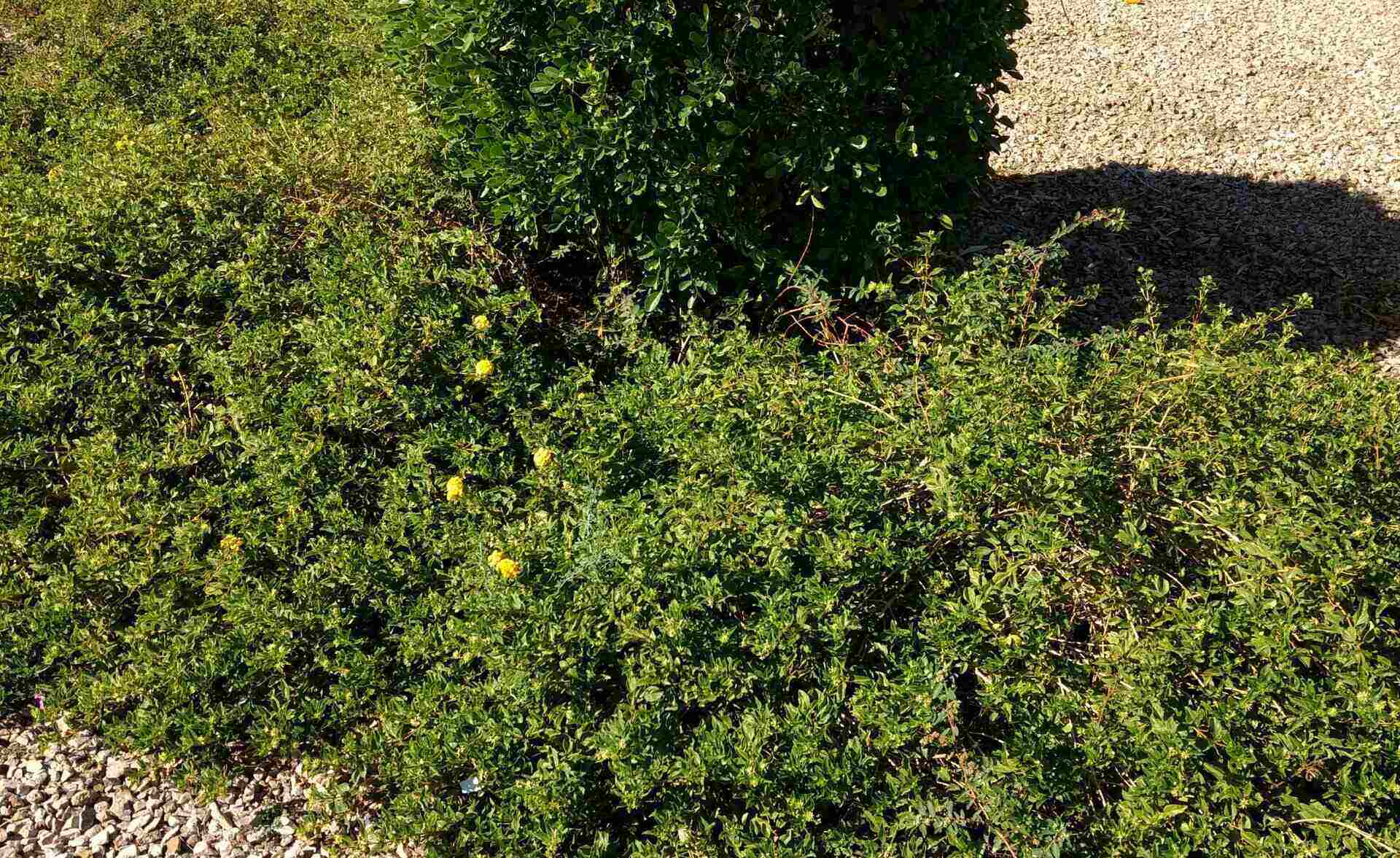

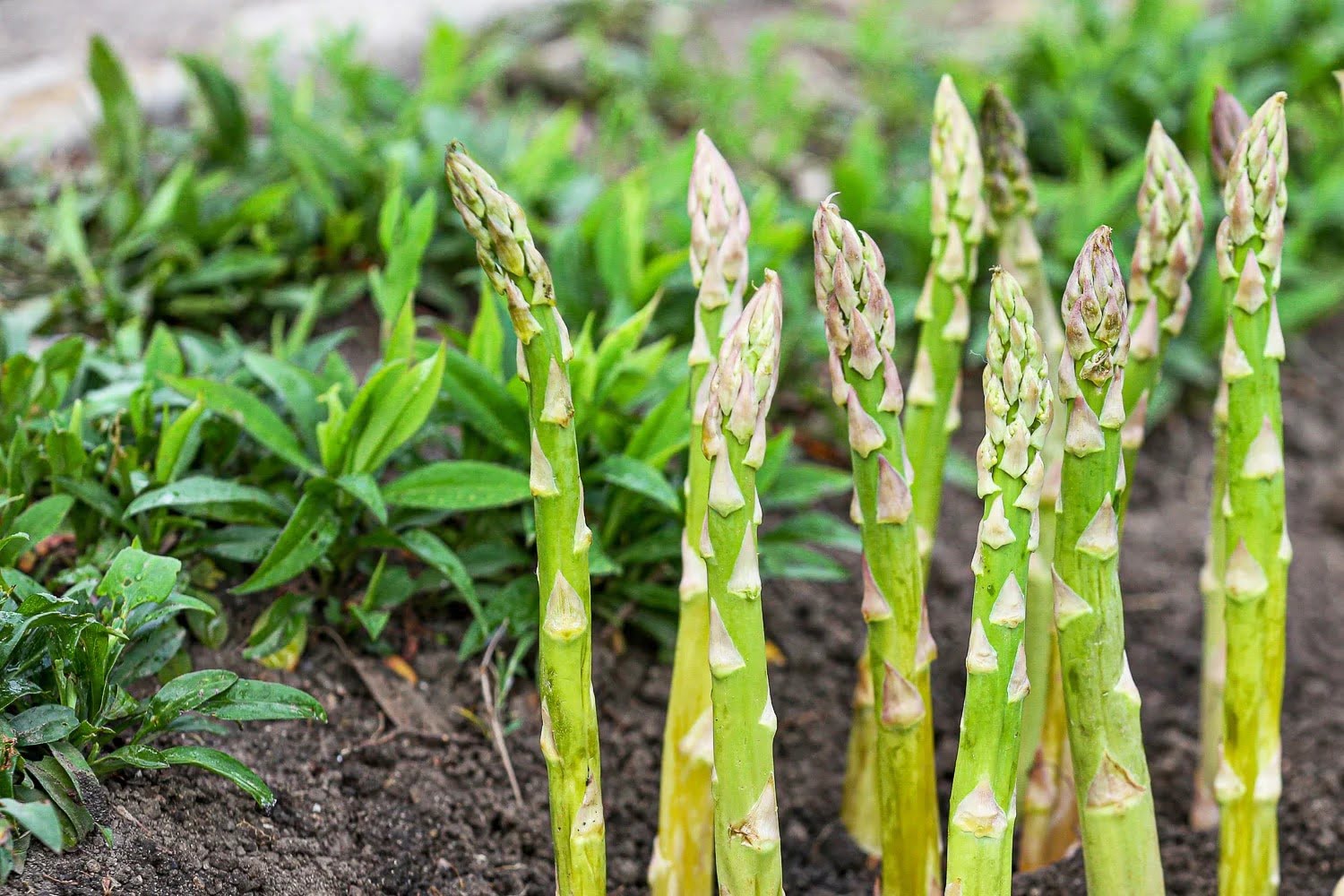
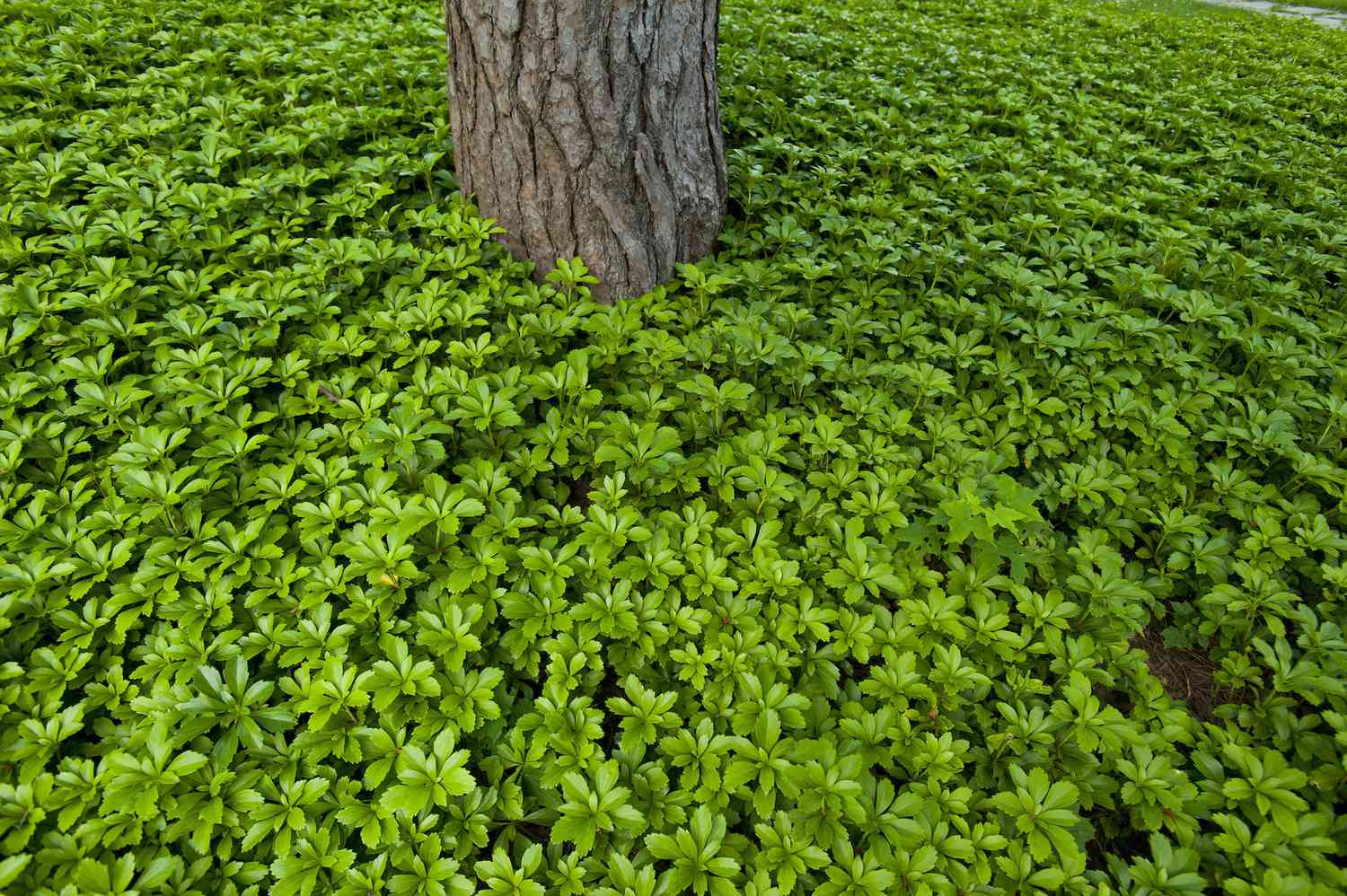
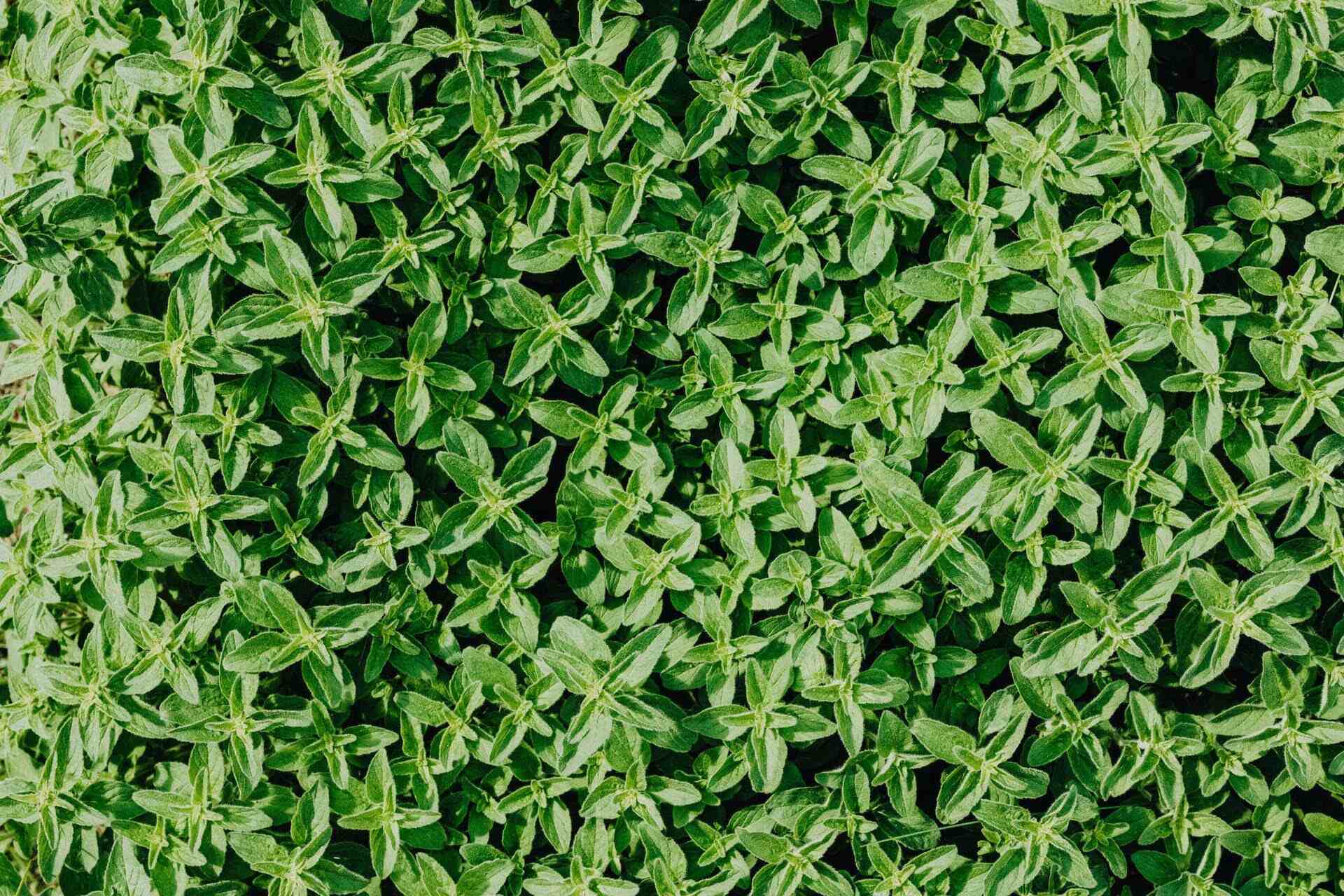

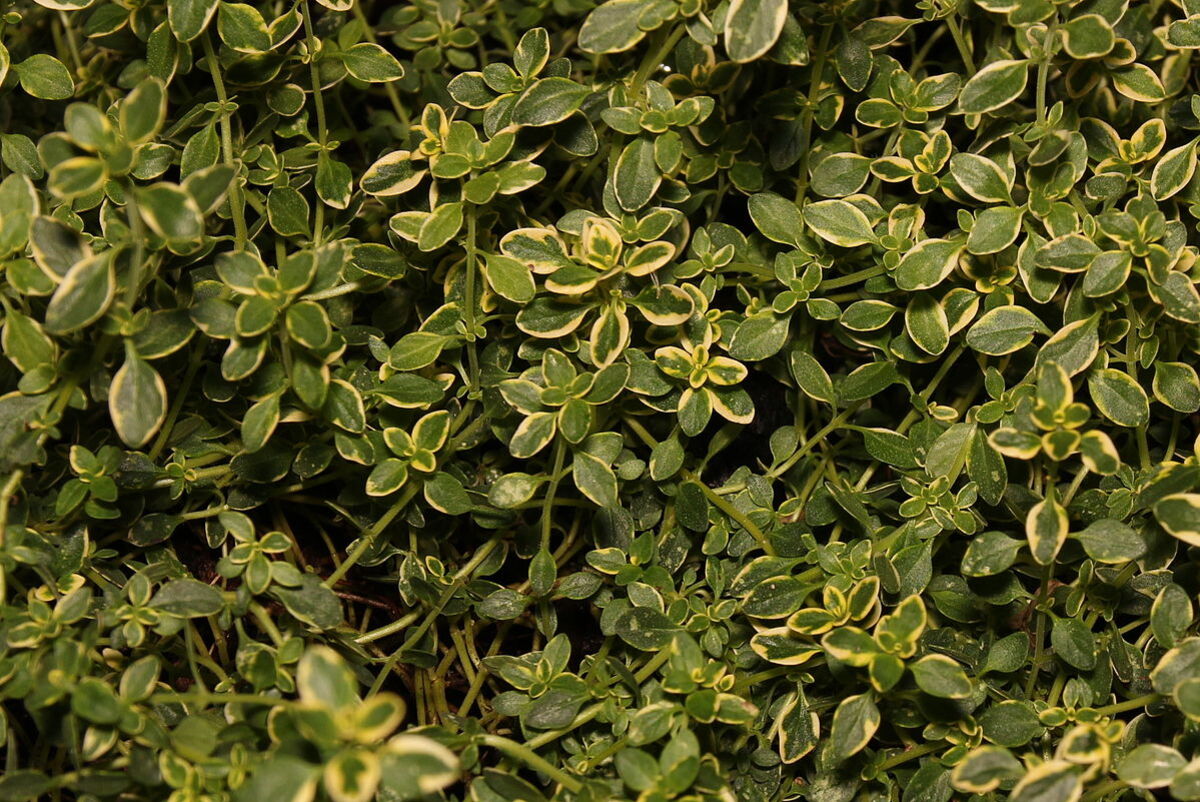

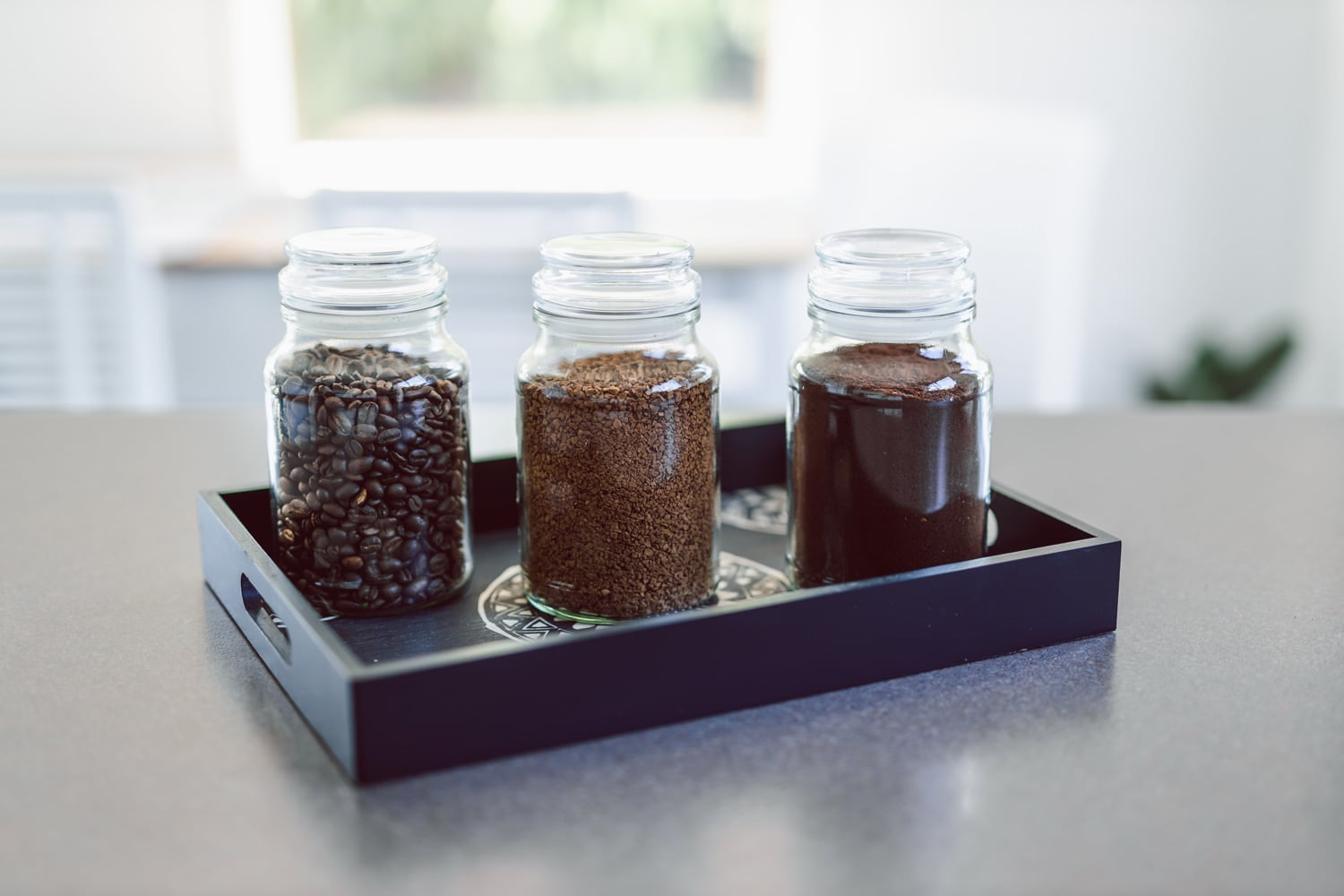
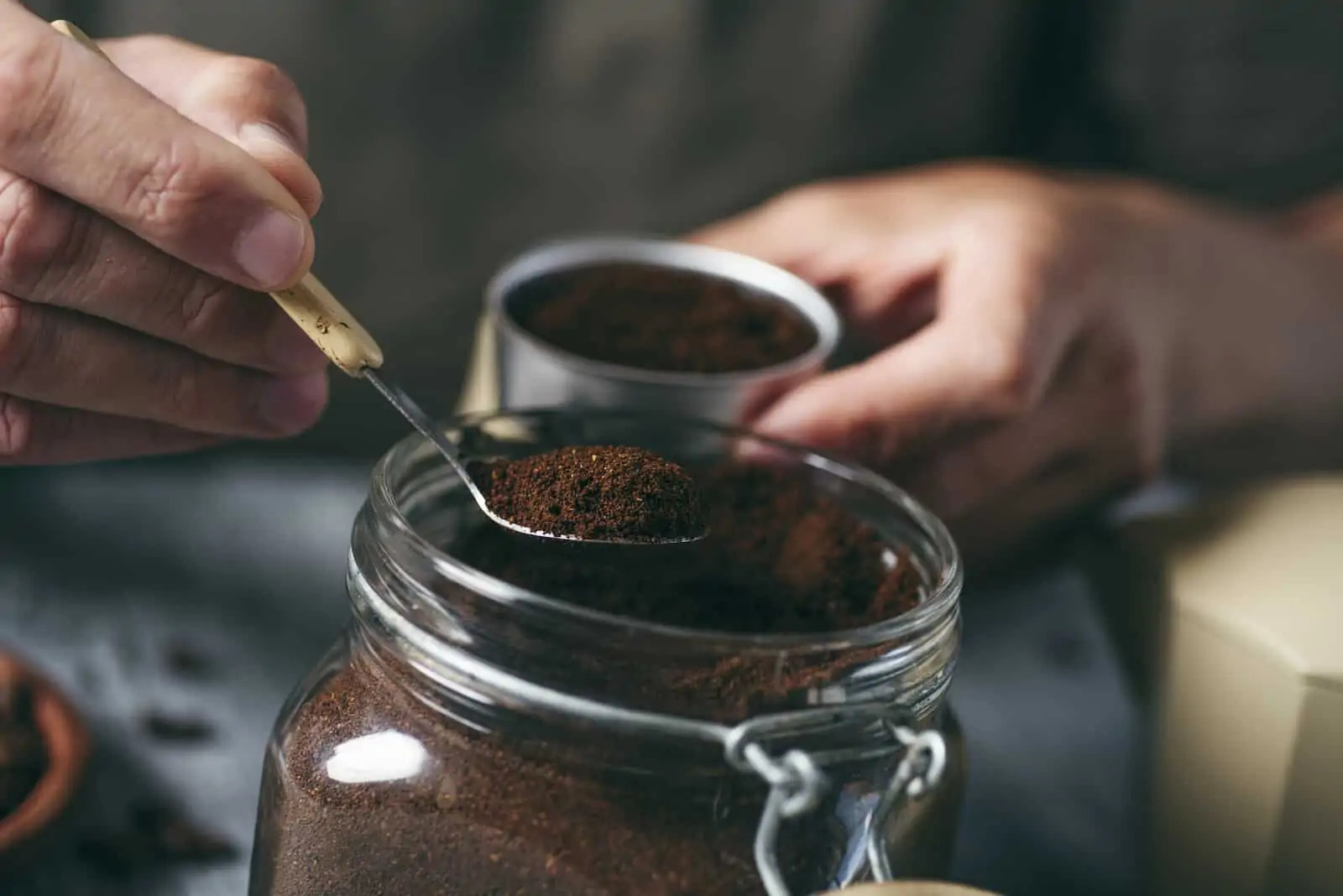
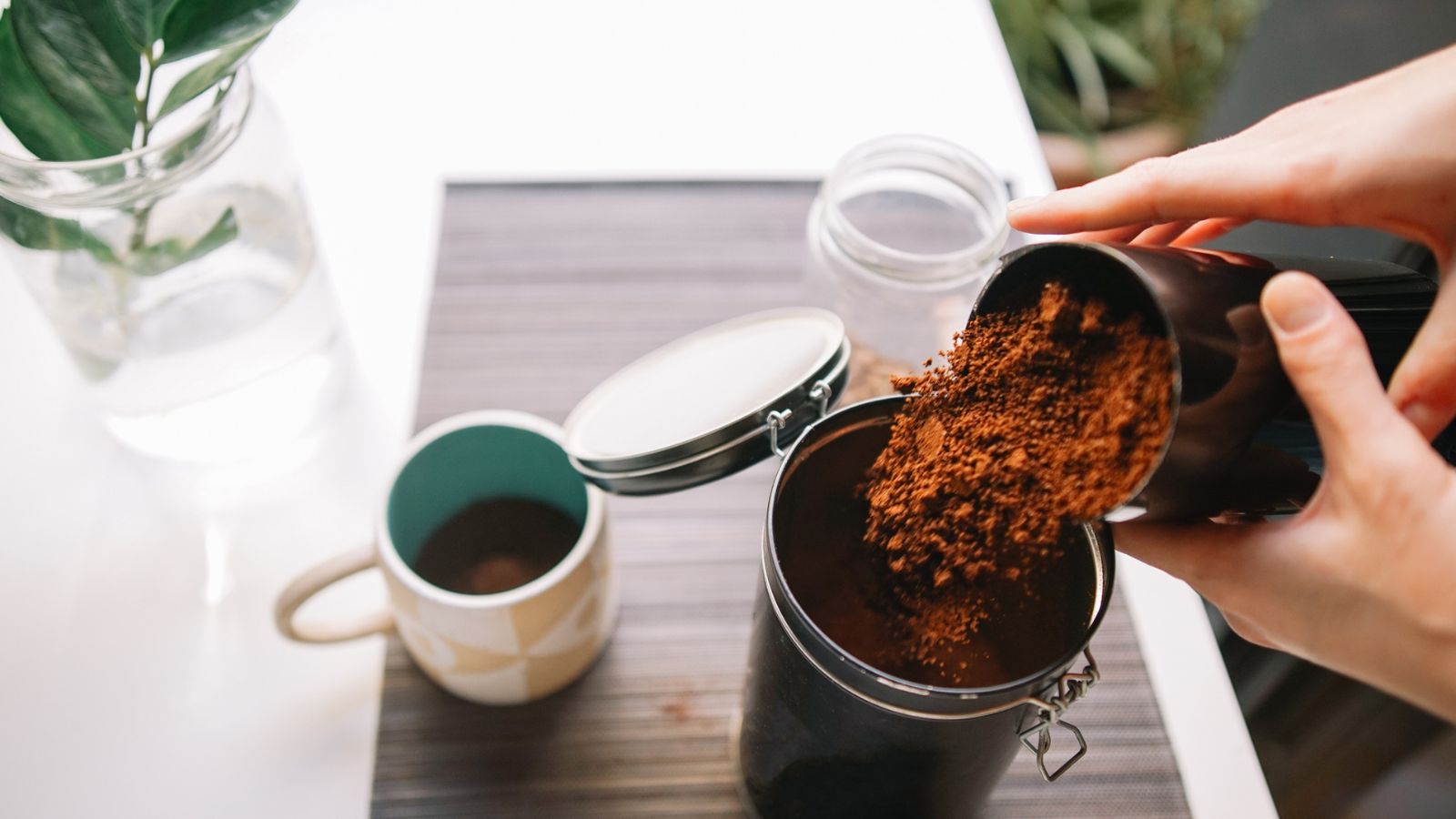
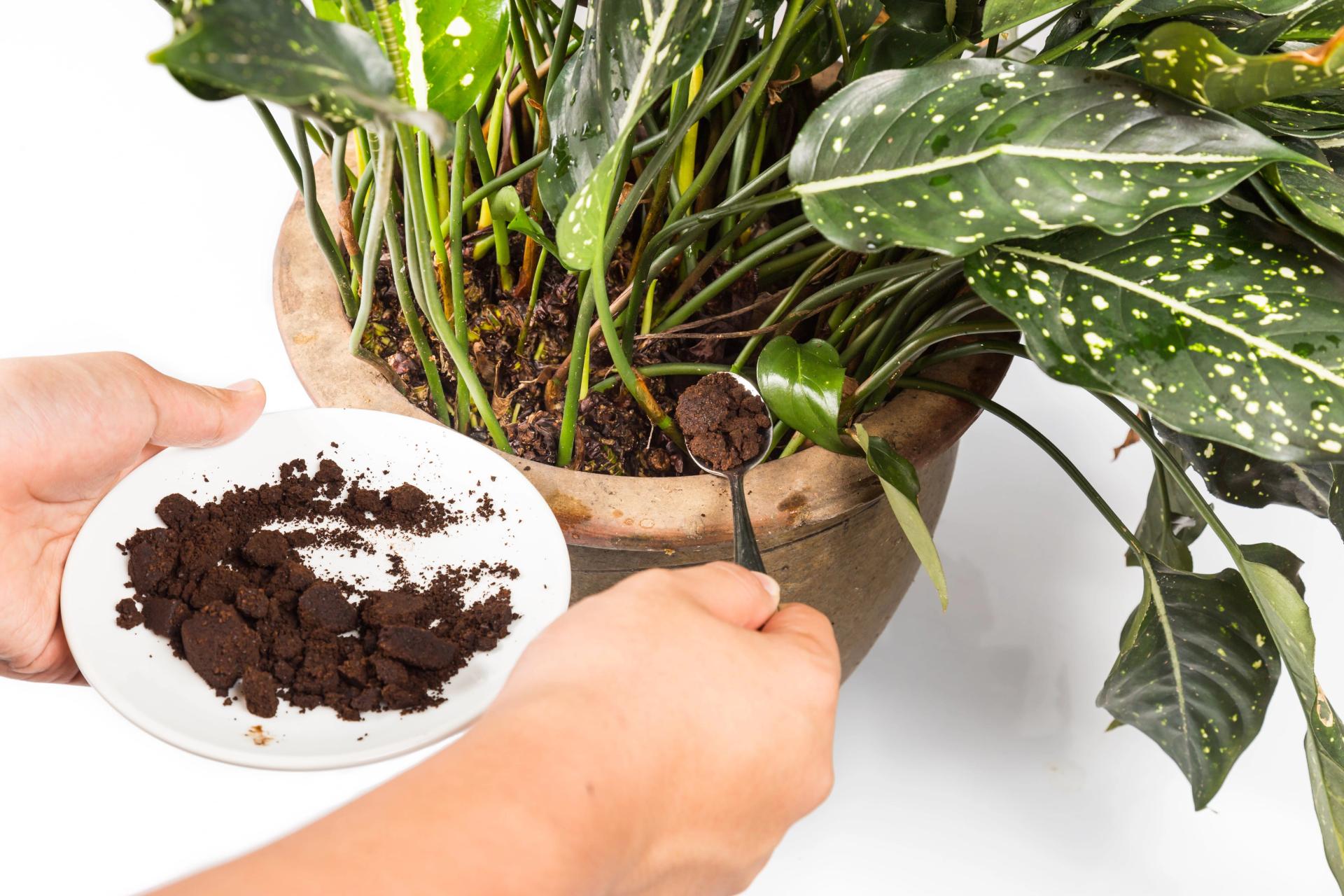
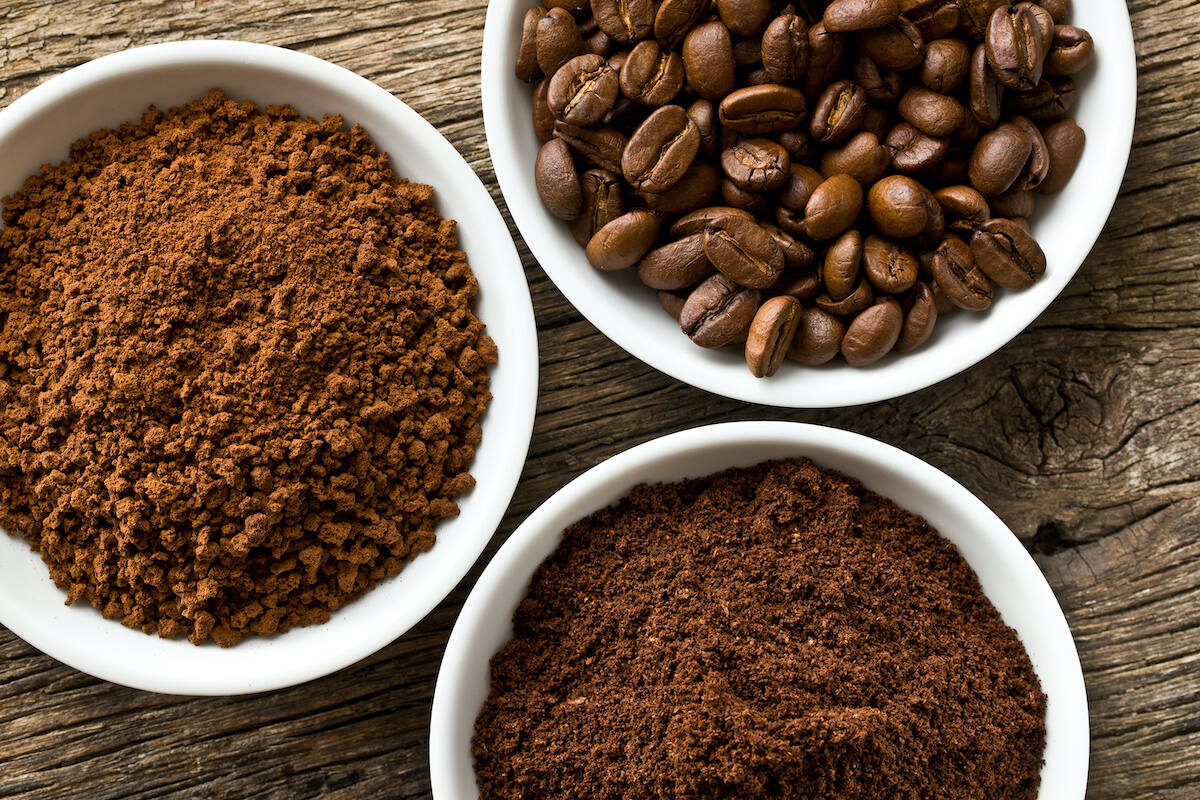

0 thoughts on “What Is Coffee Grounds Good For In The Garden”